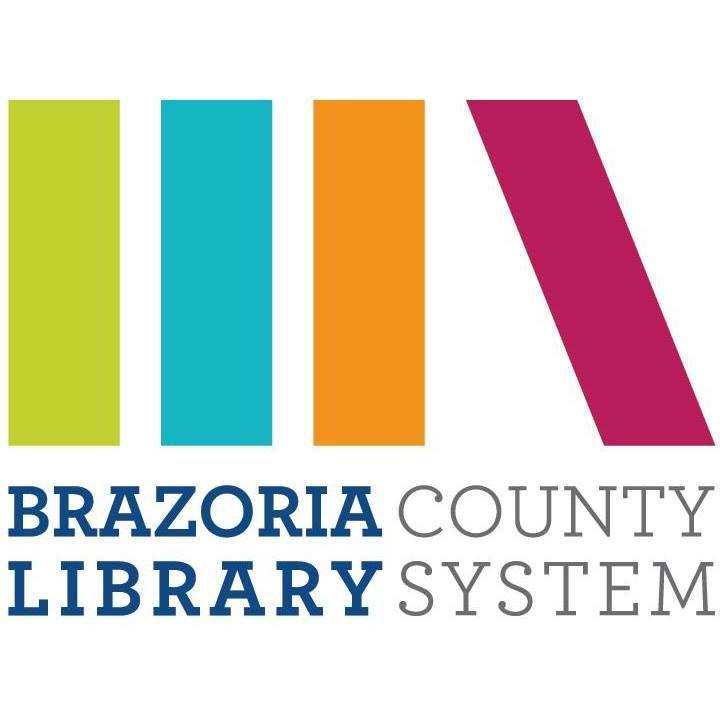At the start of November, our team traveled to Brazoria County, Texas as part of our continued project researching disasters and the role of libraries. In our second trip to Brazoria County for this project, our goal was to perform a “deep dive” to better understand the complicated network of partnerships, supervision, and cooperation that occurs between rescue and aid organizations, local city or county governments, the library, and library patrons. Brazoria County is a particularly fruitful site for our study because of the strong communication network developed through the county judge’s office as well as the county’s emergency management coordinator. During this trip we visited another library branch, the county library’s administrative offices, and we met with an organization responsible for coordinating the county’s enormous volunteer corps. We hope to develop a better understanding of what makes Brazoria County so prepared for disasters and so ready to rebuild and repair afterwards.
Brazoria County not only recognizes the important role libraries serve in terms of information dissemination to the community, but they also prioritize the library’s reopening to allow citizens access to information communication technologies such as computers, the internet, and more. This is particularly important after a natural disaster, like Hurricane Harvey, because some insurance and aid forms need to be filed quickly, and doing so can be difficult if home internet service has been knocked out by a storm.
Furthermore, the county recognizes other ways libraries can aid their communities, and the libraries themselves have developed innovative ways to support their patrons. For example, the county has an app, Ready Brazoria, that helps deliver information about local disaster events. There is a library tab in the app that provides locations and Facebook links for the most up to date information. Additionally, libraries are automatically activated as cooling shelters throughout the county whenever the heat index reaches above 100 degrees. Further, the library has developed a “DIY Collection” that patrons can check out at any time that includes items like wet-dry vacuums, mold kits, carpentry kits, and a variety of other tools available at any time specifically created for disaster relief. Mobile charging stations and internet hotspots are joining the list of loaned items in service of responding to disaster circumstances.
We continue to investigate Brazoria County, as well as other communities, to better understand the various roles libraries play before, during, and after disasters. With strong examples like Brazoria County, we hope to offer suggestions to other communities and libraries on how they too can be as prepared as possible when disaster hits.

